
All categories
Featured selections
Trade Assurance
Buyer Central
Help Center
Get the app
Become a supplier

(120 products available)





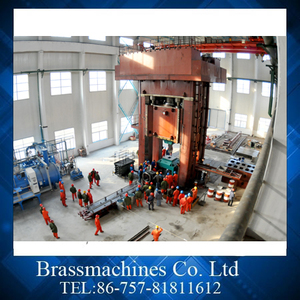







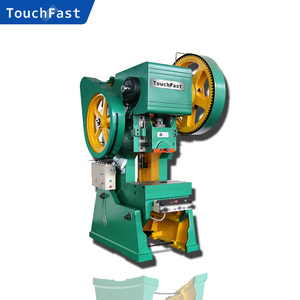
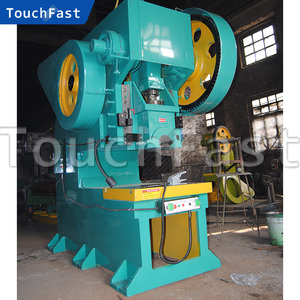
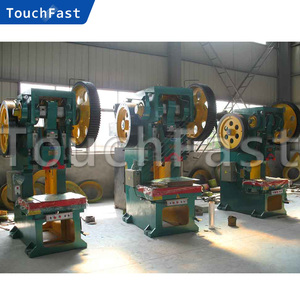
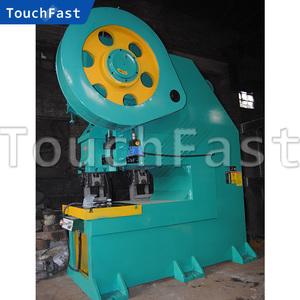

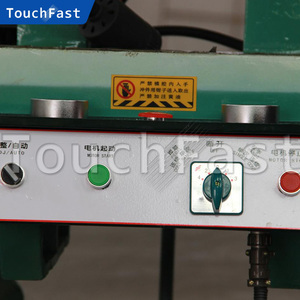


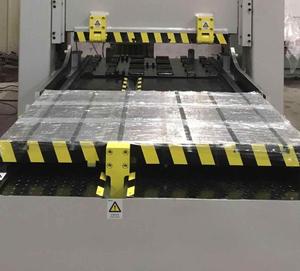





Market Overview: The closed die forging press market has been experiencing robust growth, driven by the increasing demand from key industries such as automotive, aerospace, and construction. According to a market report, the global closed die forging market is estimated to grow significantly, reflecting a compound annual growth rate (CAGR) of approximately 6.5% from 2024 to 2030. This growth is primarily fueled by advancements in manufacturing technologies and the rising need for high-strength components that closed die forging processes can produce. The Asia-Pacific region, particularly China and India, is anticipated to lead this growth due to rapid industrialization and significant investments in infrastructure development, which is expected to drive demand for closed die forgings.
Industry Insights: Consumer behavior is shifting towards more efficient and durable products, which has led manufacturers to invest heavily in closed die forging presses capable of producing complex geometries with enhanced precision. Major players in the market are focusing on technological innovations to improve efficiency and reduce production costs, thus appealing to a broader range of clients. Furthermore, the competitive landscape is characterized by a mix of established firms and emerging players, leading to a fragmented market. As companies seek to differentiate themselves, strategies such as forming strategic partnerships and investing in R&D are becoming increasingly common. Additionally, sustainability trends are influencing consumer preferences, pushing manufacturers to adopt environmentally friendly practices in their production processes. This combination of factors is expected to create a dynamic and evolving market landscape for closed die forging presses.
A closed die forging press refers to a method for shaping metal. In this process, heated metal is placed in a die block. Then, a ram drives down and squashes the metal into the shape of the die block. The metal will have a shape after the process that is very similar to the block.
There are multiple types of closed die forging presses:
Hydraulic Closed Die Forging Presses
Hydraulic closed die forging presses utilize hydraulic cylinders to generate and control forging force. Their versatility and control make them suited for diverse industries. These machines shape metal by applying high pressure to contracted cylinders. This hydraulic pressure drives a ram downward in the machine, which then molds the metal workpiece into a predetermined shape. The use of hydraulic force ensures consistent and uniform shaping of the metal. This method is particularly useful for complex shapes requiring high precision. Manufacturing plants often use hydraulic closed die forging presses for their flexibility and reliability in metal shaping.
Mechanical Hammer Closed Die Forging
Mechanical hammers work by dropping a predetermined weight on the metal workpiece to shape it according to the closed die's shape. The drop of weight is controlled by a mechanical linkage and can change based on the machine’s configuration. Mechanical hammer forging operates with a series of gears, motors, and clutches. These components work together to control the speed, frequency, and weight of the hammer. The force generated from the falling hammer reshapes the metal into desired forms. This method is traditionally used for heavier metals but is now applied to lighter metals for greater efficiency and production rates.
Drop Forge Press
A drop forge press functions by dropping a heavy block (sometimes referred to as the forging hammer) onto the metal workpiece until it assumes the shape of the die. They can also be called drop hammer presses. It is essential to note that drop forge presses differ from mechanical hammer closed die forgings. Drop forge presses utilize gravity while utilizing hammers, as mentioned before, rely on force generated from clutched motors and gears.
The following specifications are essential when choosing a closed die forging press.
Regular maintenance of a closed die forging press can help to maximize uptime and productivity. Here are some tips for maintenance.
Closed die forging presses are widely used in various industries due to the strong mechanical properties of the metal products manufactured through this process.
When purchasing a closed die forging press, buyers need to consider several factors that affect both performance and production efficiency.
Product complexity
First, the buyer should determine if the product can be created through open-die forging. If the desired shape of the final product has a simpler design, a closed-die forging press should only be considered for those items. The buyer should consider each product they aim to manufacture and see if open or closed-die forging applies to it.
Required strength
A key reason manufacturers use the closed-die forging process is to achieve great strength and durability in parts required to have high stress. The buyer should assess each part they wish to create with the forging method and determine if strength and durability are essential requirements for it.
Production volume and the cost of dies
The forging process can encounter high initial costs due to the forging dies. The costs of these items are known to be higher with the closed-die method. If a manufacturer wants to create several product units of the same type, the closed-die forging method can be the more cost-efficient way to mass-produce items.
Material variety
The closed-die forging process is compatible with several metal materials, such as titanium, brass, carbon steel, stainless steel, etc. When choosing a machine for sale, the buyer should consider what material they will use during production. They should look at the material compatibility and ensure it works with the forging machine.
Q1: What is the difference between closed-die and open-die forging?
A1: In closed-die forging, the metal is shaped in enclosed dies, which provides better dimensional accuracy and surface finish. Closed-die forging also allows for more complex shapes. On the other hand, open-die forging uses flat dies or open cavities. While both processes improve the strength of the metal, closed-die forging offers better precision.
Q2: What materials are suitable for closed-die forging?
A2: A wide range of metals can be closed die-forged, including carbon steel, alloy steel, stainless steel, aluminum, copper, brass, titanium, etc. Each material has its own unique properties and advantages. Titanium alloy closed die forging is usually the most expensive forging process but also produces the most durable parts, so it is commonly used in the aerospace industry.
Q3: What are the limitations of closed-die forging?
A3: Closed die forging has its limitations. The main limitation is that it is only suitable for mass production. The initial cost is high because the dies are expensive to design and manufacture. If the number of pieces needed is not large, open die forging or other forging techniques is a better choice.
Q4: What are some applications of closed-die forging?
A4: Closed-die forging is widely used in various industries. The automotive sector relies heavily on closed-die forging to produce components such as crankshafts, gears, axle shafts, and wheel hubs. Aerospace also makes extensive use of this method to create parts like turbine disks, rods, and aircraft landing gear. Other industries that use closed-die forging include machinery manufacturing, oil and gas, defense and military, and medical.